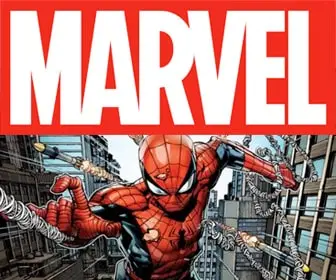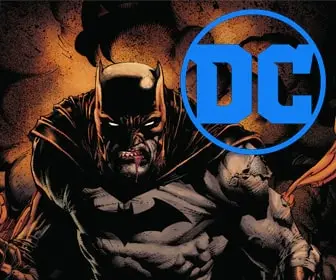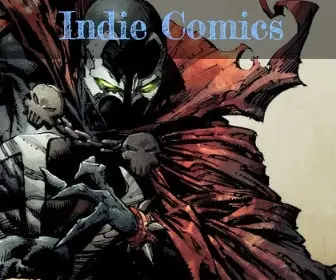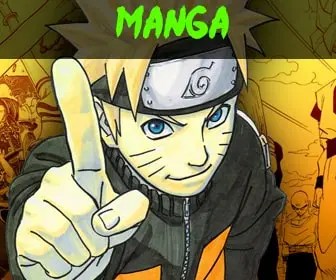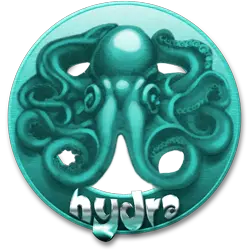
The Battle for Creative Control

Creative Freedom: Indie Creators vs. Major Publishers
Creating a graphic novel is a dream for many artists and writers. For those pursuing this dream, the path can take two major forms: working independently or with a major publisher. Each path comes with unique experiences, especially when it comes to creative freedom. Let’s explore the differences and similarities between these two approaches.
Creative Control
Independent creators have the ultimate say in their work. They decide the storylines, character designs, and themes without any interference. No external voices guide the content, meaning they can take risks or experiment with unusual styles. This freedom allows indie creators to produce stories that might not fit into mainstream expectations.
In contrast, creators working for major publishers have less control. While they may still have a lot of influence over the project, they often have to follow certain guidelines set by the publisher. For example, a publisher might require the work to fit within a specific genre or tone, or they might veto certain ideas if they believe they won’t sell well.
Deadlines and Workflow
Major publishers typically enforce strict deadlines. Creators working under contract must meet these timelines to keep the production schedule on track. While this structure ensures that projects get completed on time, it can limit the amount of time spent on refining ideas.
Independent creators, on the other hand, often set their own deadlines. They can take the time needed to perfect their work. However, this can be a double-edged sword. Without the pressure of a publisher’s schedule, projects may drag out or lose momentum. Self-discipline becomes essential to ensure the project doesn’t stall.
Financial Considerations
Financially, creators at major publishers benefit from upfront payments, royalties, and sometimes even advances. This backing provides stability, allowing them to focus entirely on the creative process without worrying about funding.
Indie creators, though, often work without the safety net of a big publisher. They might have to self-fund their projects or rely on crowdfunding platforms like Kickstarter. While this gives them full ownership of their work, it also adds financial pressure. The reward is full control of profits, but the risk is losing money if the project doesn’t perform well.
Collaboration and Support
Working with a major publisher comes with access to a team of editors, marketing experts, and other professionals who support the project. This collaboration helps ensure that the final product is polished and has a better chance of reaching a wide audience.
Indie creators often wear many hats. They may have to handle writing, illustrating, editing, and promoting their work. While this offers a sense of pride and full ownership, it also adds extra pressure. However, the rise of online communities and freelance platforms allows indie creators to collaborate and find support, often on their own terms.
Conclusion
The choice between independent publishing and working with a major publisher depends on personal priorities. Indie creators enjoy complete creative freedom but must handle every aspect of the process, from funding to promotion. Major publishers offer stability and support but may limit creative control. Both paths have their pros and cons, but in the end, they offer different ways to bring a graphic novel vision to life.




